1. Backyard Fire Pits

Fire pits are one of the most shared backyard DIYs because they instantly add coziness and style to an outdoor space. The problem is, many municipalities restrict open flames within a certain distance of homes, fences, or trees. Some areas also ban wood-burning pits altogether during dry seasons to prevent wildfires. So while your stone-ringed pit looks amazing on Instagram, it could come with a hefty fine in real life.
Even when using gas-fueled designs, there are often rules around venting, installation, and clearance that most DIY guides don’t mention. Homeowners may not realize that insurance companies sometimes won’t cover fire damage if the pit wasn’t installed professionally or permitted. That’s why it’s so important to check your city’s specific regulations before stacking bricks in a circle and striking a match. The safest route is often a portable, store-bought model that complies with local codes.
2. Shipping Container Pools
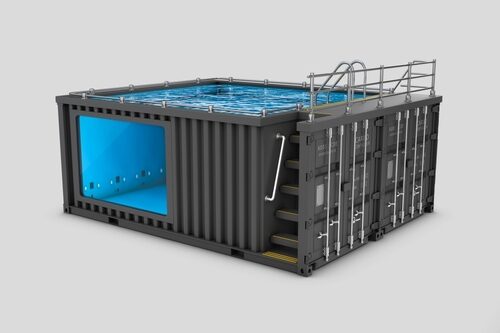
Turning a shipping container into a pool is undeniably trendy, and the industrial aesthetic looks fantastic online. But many jurisdictions consider these structures unconventional and require special permits to ensure safety. Standard pools have strict rules about fencing, depth, and plumbing that container conversions don’t always meet. Skipping those requirements could make your “budget pool” illegal overnight.
Beyond permits, structural integrity is a real concern since shipping containers weren’t designed to hold water. DIYers who line them with pool liners or concrete may think it’s enough, but leaks and collapses have occurred. Some counties specifically prohibit alternative pool types because they don’t meet safety testing standards. If you’re serious about it, you’ll probably need an engineer’s stamp of approval before filling it with water.
3. Treehouses With Sleeping Lofts

A charming treehouse that doubles as a guest room might rack up likes online, but zoning laws often treat it as a second dwelling. That means it could trigger requirements for electrical permits, plumbing codes, and property setbacks. Even if you skip utilities, some areas prohibit overnight occupancy in accessory structures entirely. Suddenly, that dreamy Airbnb-style hideaway becomes a code violation.
Treehouses also raise safety red flags with building inspectors. Railings, ladders, and weight-bearing beams are rarely built to residential code when they’re DIY projects. If the structure is over a certain height, it may be classified like a deck and require a permit. It’s one of those projects that looks fun on YouTube but often runs afoul of serious rules.
4. Outdoor Kitchens With Plumbing
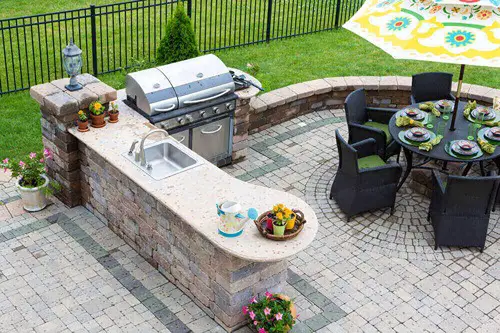
Scrolling through Pinterest, it’s easy to fall in love with an outdoor sink or mini bar setup. What’s not always obvious is that installing plumbing outdoors almost always requires a permit. Codes dictate how waste water is disposed of, and improperly tied drains can cause contamination. DIYers who cut corners sometimes end up violating both plumbing and health regulations.
Even if you’re only running a hose to a sink, inspectors often treat it as a permanent fixture once it’s installed. In colder climates, there are also rules for frost-proofing pipes so they don’t burst. On top of that, electrical outlets near sinks need to be GFCI-protected by law. That rustic “backyard chef’s corner” isn’t quite as simple as a viral reel makes it seem.
5. Large Deck Extensions
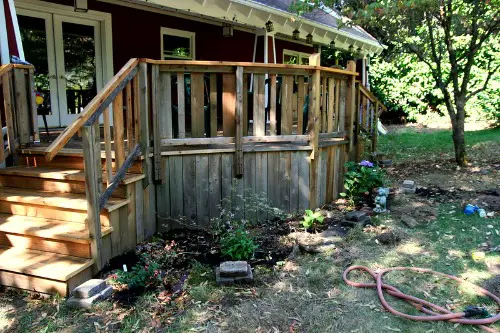
Deck expansions are one of the most common DIY undertakings, and the dramatic before-and-after photos always get attention. But as soon as a deck is more than a few feet above ground, almost every jurisdiction requires a permit. Structural integrity, railing height, and ledger attachment to the house are tightly regulated. A poorly attached deck is actually one of the leading causes of home-related accidents.
Even minor mistakes—like using the wrong bolts or skipping flashing—can make a deck fail inspection. Many homeowners build first and then get hit with “stop work” orders. Some even have to tear down a deck completely because it doesn’t meet load-bearing requirements. It’s a classic example of a beautiful DIY that can backfire with local authorities.
6. DIY Pergolas Anchored to Concrete
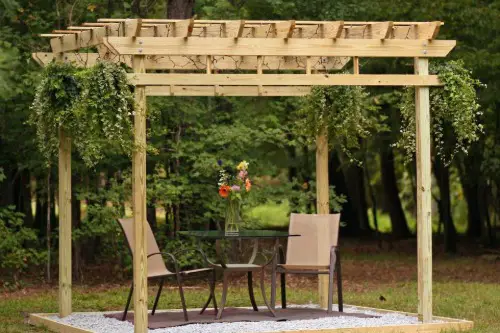
Pergolas draped with lights look magical online, but the installation details matter more than most people realize. If you’re anchoring one into existing concrete without proper footing, it may not meet wind load standards. Some cities actually require permits for freestanding pergolas over a certain size. Skip that step, and you could be forced to remove it later.
Another overlooked issue is property setbacks. If your pergola crosses into an easement or is too close to your fence line, inspectors can flag it. Even temporary-looking structures are often treated as permanent in the eyes of zoning boards. Before you buy lumber and string lights, it’s worth a call to your permitting office.
7. DIY Hot Tub Platforms
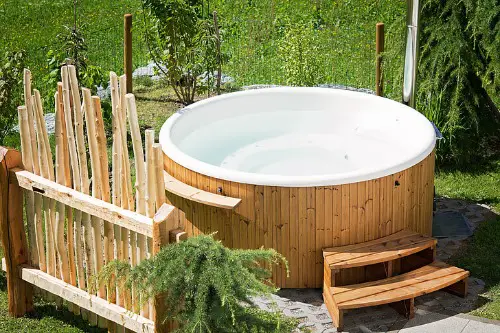
A cedar hot tub platform surrounded by planters looks like pure backyard luxury. But supporting thousands of pounds of water requires more engineering than a casual weekend project. Most local codes mandate specific beam sizing and joist spacing for hot tub decks. Without those, collapse risk is real, and inspectors don’t take that lightly.
Electrical hookups for hot tubs are another sticking point. They usually need a dedicated 220-volt line with GFCI protection, which can’t legally be DIYed without a licensed electrician. Many homeowners only realize this after posting their “finished” tub setup online. At that point, it’s often too late to avoid a violation notice.
8. Fences Taller Than Allowed
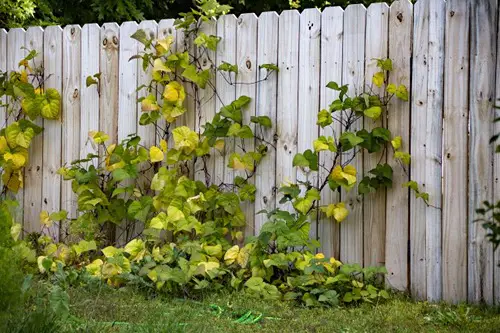
A tall privacy fence looks sleek in photos, especially with modern wood slats or painted finishes. But most cities cap backyard fence height around six feet and front yard fences around four. Anything taller typically requires a variance or permit. Build one too high, and a neighbor complaint can bring code enforcement knocking.
It’s not just height—materials matter too. Some areas prohibit certain wood treatments, corrugated metal, or barbed wire even if you like the aesthetic. HOA rules can be even stricter than city codes. That Instagram-worthy “urban chic” fence may end up costing more in fines than lumber.
9. DIY Outdoor Saunas
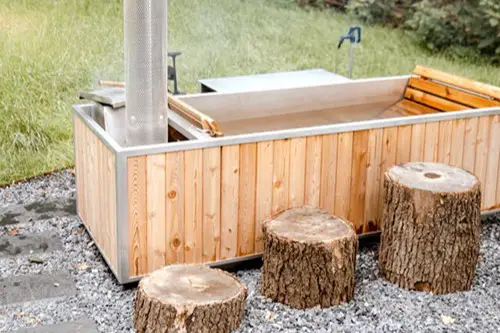
Backyard saunas made from barrels or sheds get tons of traction on TikTok because they’re quirky and relaxing. What’s less obvious is that many municipalities classify them as accessory buildings with heat sources. That triggers requirements for permits, setbacks, and sometimes ventilation inspections. You can’t just wire up a heater and call it done.
Some areas also ban wood-burning sauna stoves entirely due to fire risk. Even electric heaters have to be wired according to code, which usually means hiring a licensed professional. If you skip those steps, your relaxing retreat could be flagged as unsafe. Saunas may look like a cozy DIY, but regulators treat them as serious installations.
10. Patio Roof Extensions
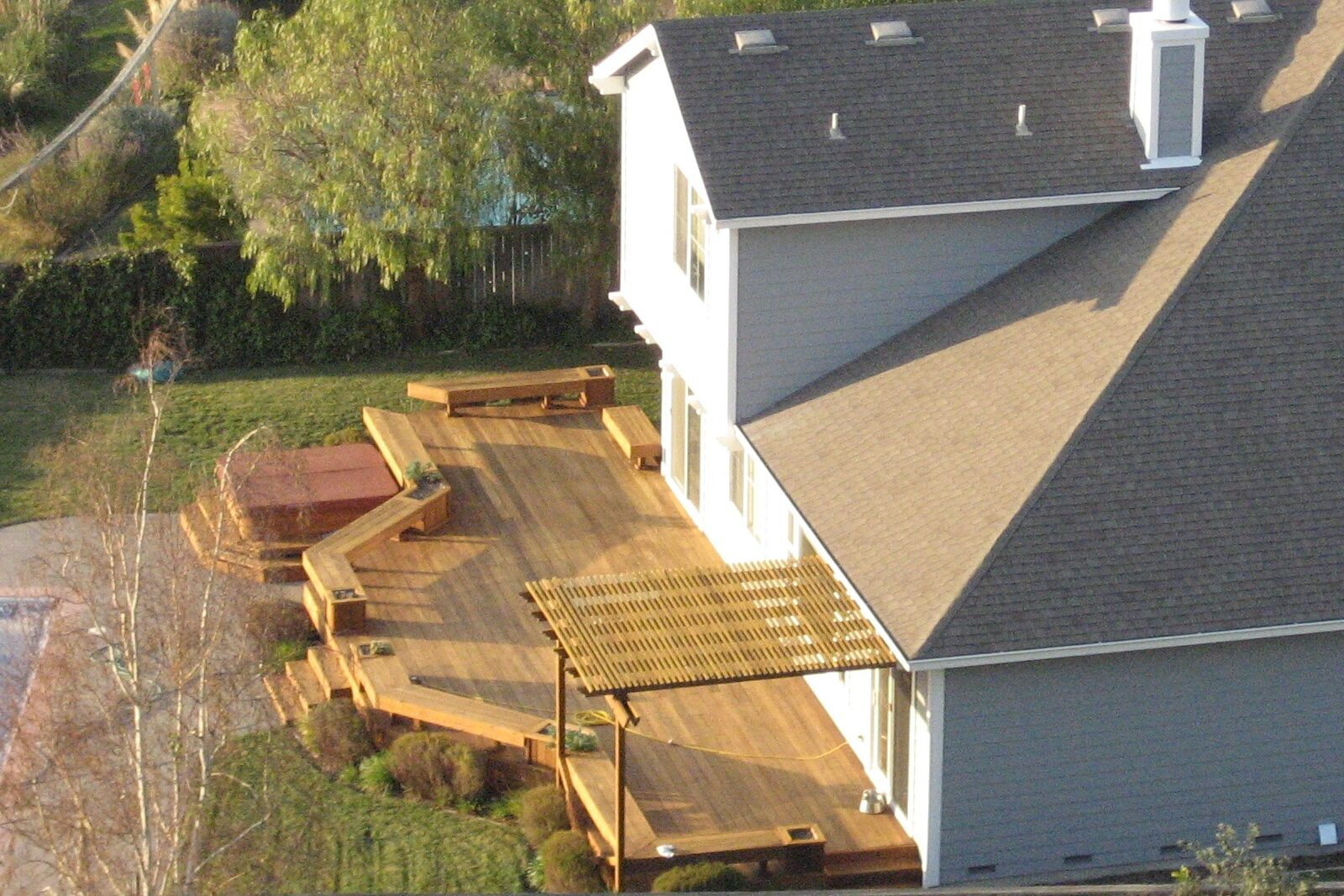
Extending your roofline to cover a patio can make your backyard look like a polished outdoor living room. But once you tie into the house structure, you’re subject to the same building codes as any addition. That means you’ll likely need engineered plans, permits, and inspections. DIYers often underestimate how much red tape comes with “just a little cover.”
Load requirements for snow, wind, and even drainage can all trip up an inspection. Many people build a roof extension only to discover it violates setback laws or wasn’t tied into the foundation properly. Code enforcement doesn’t take kindly to structures that risk collapsing on homeowners. What looks like a simple shade project online is actually a full-blown remodel in the eyes of the law.
11. Raised Garden Beds With Retaining Walls
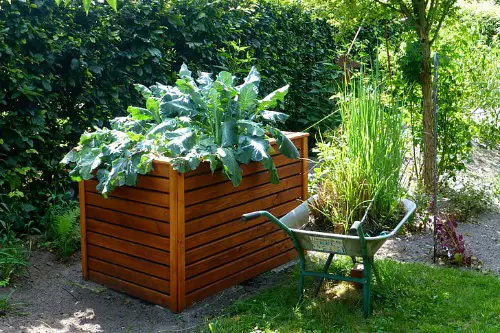
Raised beds seem harmless enough, but when the walls are over a certain height, many cities classify them as retaining structures. That means they require permits to ensure soil pressure won’t cause collapse. Instagram is full of stone and timber garden beds that technically should have engineering approval. The bigger the bed, the more likely it’s regulated.
Drainage is another factor inspectors watch closely. Poorly designed retaining walls can redirect water into neighboring yards, which can spark complaints and legal issues. Some HOAs specifically restrict how high garden walls can be for aesthetic reasons. Before stacking railroad ties or concrete blocks, it’s wise to double-check the limits.
12. DIY Tiny Houses on Wheels
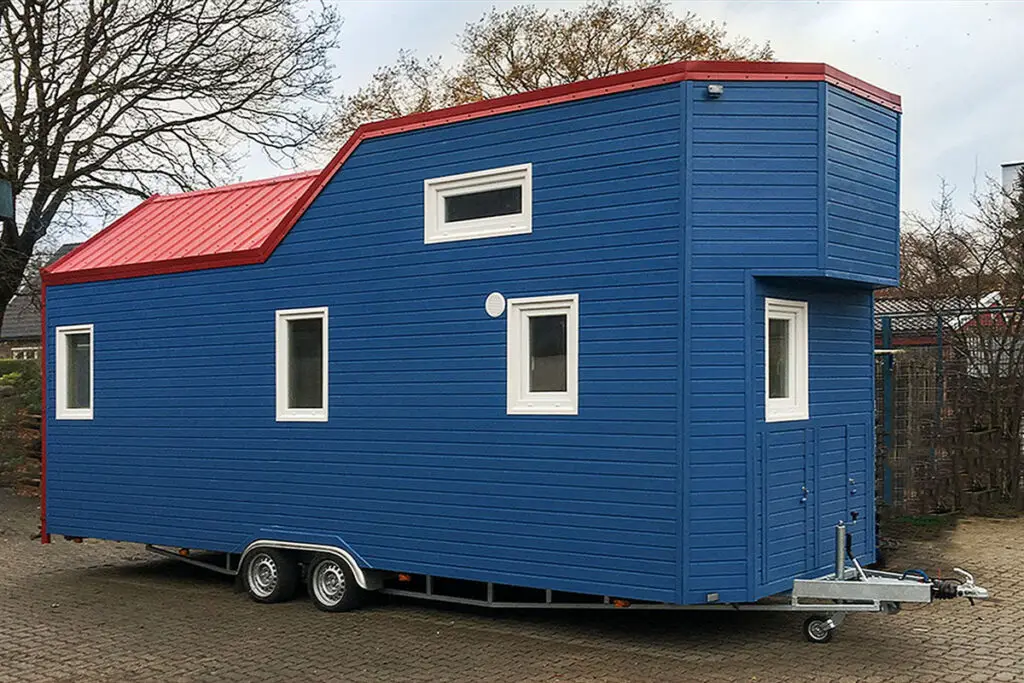
Tiny houses on wheels often appear as dreamy backyard offices or guest suites online. The catch is that many cities classify them as RVs, which usually can’t be used as permanent dwellings. Parking one in your yard and living in it often violates zoning laws. Even just hooking up water and power can trigger code enforcement.
Some municipalities allow accessory dwelling units, but tiny houses rarely fit the official criteria. Setbacks, utility connections, and minimum square footage laws all come into play. Many DIYers only find out after investing thousands in materials and labor. That picture-perfect backyard “studio” may not be legal without jumping through serious hoops.
This post 12 Outdoor DIY Projects That Look Great Online But Could Violate Local Codes was first published on Greenhouse Black.
